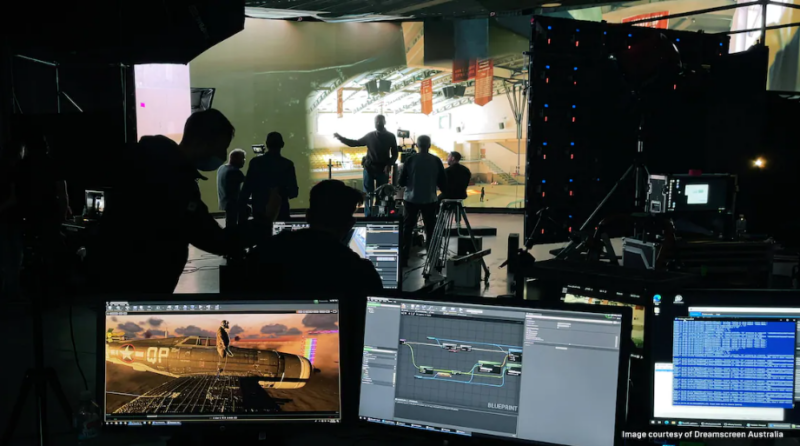Will AV Pivot?
Earlier this month, SoftBank acquired a portion of NVIDIA for 4 Billion dollars, making it the 4th largest stakeholder in the company. How much of NVIDIA did SoftBank acquire for that amount? About 4.9%.
It’s a deal that illustrates how large the tech world outside of commercial AV is. Samsung bought ALL of Harman for 8 billion dollars to get all of their automotive sensor technologies as well as their home and commercial AV brands, encompassing hundreds of products across several categories.
However, there is a larger lesson in the NVIDIA deal. The ability to leverage strength and pivot.

NVIDIA built its company on gaming. Every gamer pines over the latest supercharged NVIDIA Graphics Processing Unit (GPU), with some of those carrying price tags that exceed the purchase price of the rest of the computer. That business is still strong, but it’s NOT the reason SoftBank spent 4 Billion to get less than 1/20th of the company.
Why did they then?
A GPU consists of thousands of small processing cores that carry out processing tasks in tandem to greatly decrease the amount of time it takes to crunch data. This means it has a massive parallel architecture. This architecture is a necessity in gaming to render millions of polygons and pixels each second. As you can imagine, just like in CODECs, the GPUs have to enlist the help of some predictive algorithms to anticipate what may need to be served up next and keep up. Parallel architecture is the best way to accomplish making all of these decisions in real time.
Parallel architecture is also used in the brain. A network of neurons and sections of the brain are all working simultaneously to control the autonomic nervous system responsible for the life giving involuntary functions like breathing and digestion, as well as the actions of the somatic nervous system that allows us to willfully accomplish tasks. The parallel architecture of the brain allows us to perceive threats based on a vast array of stored data, evolutionary biology, and instinct as well as raise heart rate and adrenaline levels automatically in case we need to fight or run. All of this happens in milliseconds, much of it automatically.
And this leads us back to why SoftBank just spent $4 Billion for a stake in NVIDIA.
Artificial Intelligence.
It turns out that the same parallel architecture that makes the GPU amazing for gaming, also makes it an amazing fit for AI. That AI is already being used for deep learning and image recognition capabilities that allow their GPUs to pilot drones which is cool, but they may have their sights set on a much larger transportation market…the self driving car. If NVIDIA becomes the brain beneath the automotive efforts of Google, Uber, and Tesla, as well as every other major automotive manufacturer looking to deploy AI to one degree or another in their vehicles, then SoftBank may have just made a very wise investment indeed.
The even smarter decision though was the one by NVIDIA to leverage their strength in parallel processing and pivot from gaming to AI. Using their drone project as a proof of concept for their AI to make a larger scale play into the automotive industry was a close second.
A year ago I asked “why aren’t we talking about NVIDIA?” and today I’m asking who in the AV industry will make an NVIDIA style pivot?
Andy Whitehead did it when he separated his high speed cameras from his video extension methodology and changed SVSI from a camera manufacturer to a video over IP company. QSC did it last year by separating their DSP software from the black metal pizza box, instead focusing on integrating it into existing servers (and I would guess it will be in enterprise switches soon as well).
Which control manufacturer will pivot from black box processors and switches to embedded universal controls in everyone else’s hardware? Which electronic whiteboard company will leverage their software across touch screens on phones, tablets, and 3rd party touchscreens to enable real time collaboration without walking to the front of the room or being tied to a proprietary ecosystem?
AV is an industry in need of a pivot. Which companies will take NVIDIA’s example and lead the way? Only time will tell. I’ll be looking for them at InfoCommm in a couple weeks.





